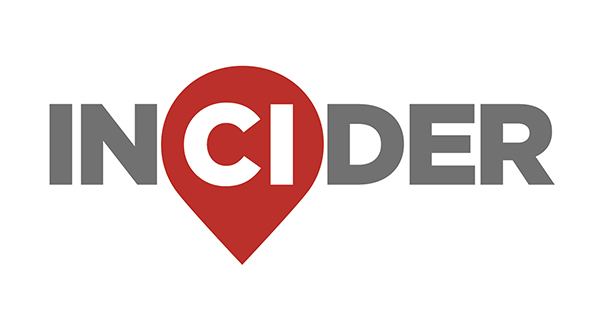In a nutshell
Presented by San Antonio City Manager Erik Walsh, the presentation went over the City’s proposed financial structure for funding the construction of a new Spurs Arena.
Walsh said the city’s preliminary financing framework for the arena ranges in total cost from $350-$500 million in city issued bonds. City financing includes a project financing zone, or PFZ—which captures hotel-associate revenue in a specific geographic area to be used for major projects—and a tax incremental reinvestment zone, or TIRZ, centered around Hemisfair. The TIRZ will capture additional property tax revenue generated within a set geographic area, which will be used on further development projects.
Other financing options include ground leases for private development and leasing the arena. Additionally, Walsh said the Spurs refused to explore revenue sharing options due to the financial risks presented by a revenue sharing structure.
Walsh also discussed two letters the city received July 24, one from Bexar County officials and the other from Spurs ownership. The Bexar County letter stated that county officials are willing to consider a 25% funding commitment for the project, which could cost up to $311 million. If all parties reach an agreement, then the County would place a venue tax on the November ballot. The Spurs ownership letter committed $500 million of their own capital as well as any other resources needed to secure funding and cover cost overruns.What else?
The presentation also detailed the City’s terms and conditions to move forward with the arena.Latest update
Lastly, the presentation discussed the Spurs’ proposed community benefits and the economic impact of the project.
Walsh said the community benefits proposal has an estimated value of $60 million, and includes four main components: early childhood education, transportation to arena events, the use of local/small companies as vendors and community tickets.
The early childhood education proposal is estimated to cost $35 million over 20 years and includes various options.
Early childhood education benefits proposals:
- Adaptive reuse of 10 closed schools to be turned into city-wide learning and childcare centers
- Employer childcare match program that would match the dollar-for-dollar amount an employee contributes toward child care in a public fund
- Potential funding for Pre-K 4 SA program
“The Spurs estimated value of this community benefits proposal was $60 million, and the detail that we have is that the early childhood education piece was $35 million,” Walsh said. “We need to get additional information from the Spurs to really better understand what the benefits are and what the costs are.”
Walsh also touched on the broader economic impact. This includes an opportunity to address the downtown’s post-COVID issues, potentially attracting new businesses, strengthening local hospitality and service industries and a catalyst for further downtown development.
Though the economic impact skews towards major benefits for downtown San Antonio, Walsh cautioned City Council about potential economic pitfalls seen in other mid-market cities, such as Miami.
Potential pitfalls include:
- Funds spent without guaranteed incomes
- No clear accountability for development
- No housing conditions applied to development
- Lack of comprehensive urban design
Quote of note
“I've been pretty clear every time we talk about this issue that I've been extremely frustrated in how this was rolled out,” District 10 Council member Marc Whyte said. “I think we could have done a much, much better job, and we should have had community engagement earlier, and frankly, we should have gotten our act together better so we could have told the citizens of San Antonio how this was going to be paid for. With that said, we are finally there, and it looks like we have a financial structure in place at the present time where we can pay for this stadium without using our citizens' tax dollars.”
What’s next
City staff is continuing to negotiate the proposed deal for the downtown arena as well as the term sheet and financing terms. The City Council will receive an update on the term sheet and community benefits Aug. 6, and will make decisions regarding the term sheet Aug. 21.





